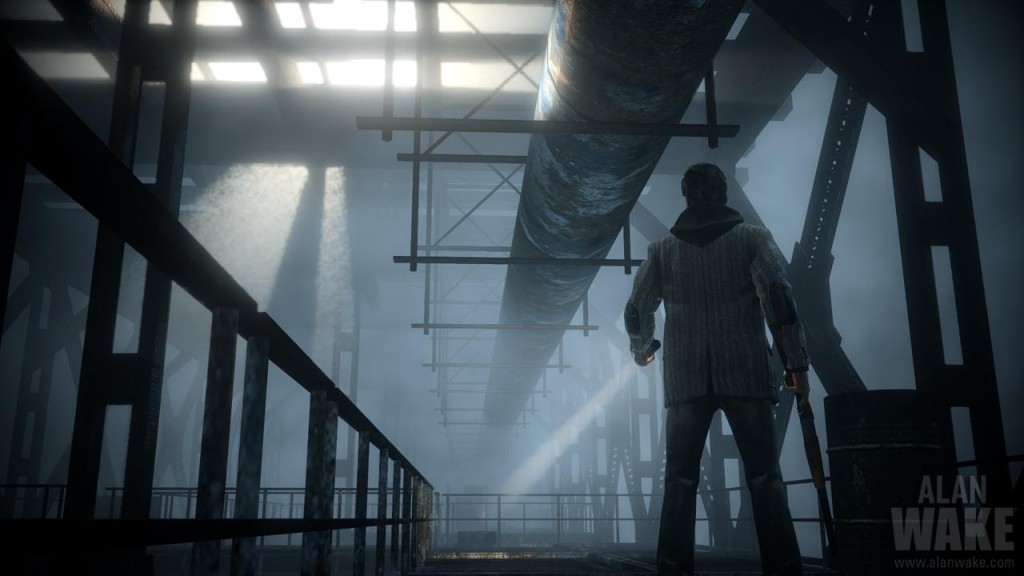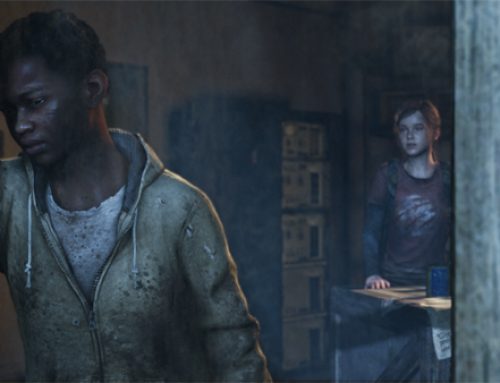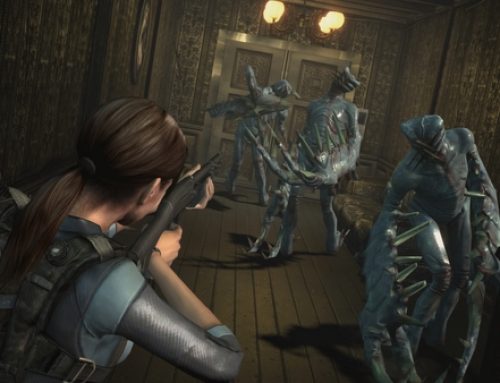With the vast gulf of top game-writing talent obsessed with creating the perfect surprise plot twist, Remedy Entertainment’s lead writer, Sam Lake, forges off in a bold new direction. Remedy’s latest game, “Alan Wake,” differentiates itself from the pack by laying everything on the table. Rather than surprising players with cheap gags, a shocking big reveal and canned thrills, it frightens its audience by telling them what’s about to happen, then executing each scene near perfectly.
“Alan Wake,” due out Tuesday for the Xbox 360, tells the story of the eponymous writer, who’s journeyed with his wife, Alice, to Bright Falls, a small logging town in rural Washington. Shortly after the Wakes arrive, Alice goes missing, and Alan wakes up in a crashed car. A week has passed, and the author has no idea what’s happened during his missing seven days. As Alan sets out to find his wife, he stumbles across pages of his next novel, “Departure,” which he doesn’t remember having written. What’s worse is that it’s a thriller, and the story on the pages, about Wake’s search for Alice, is coming true.
And it’s a horrifying story. Bright Falls and the surrounding area are being menaced by what the manuscript calls the Dark Presence. This otherworldly force operates in the shadows and turns normally placid, helpful townsfolk into homicidal maniacs known as the Taken. At certain points in the game, the Dark Presence takes control of animals, objects, vehicles and even the weather in its bid to thwart Wake.
With its plaid flannel, cast of oddballs, small-town mystery and menacing, otherworldly presence, “Alan Wake” is the second game this year to owe a huge debt to “Twin Peaks,” David Lynch’s mid-‘90s TV murder mystery set in a rural Washington logging town. (The other game is budget title “Deadly Premonition.”) It’s even got a crazy lady who cradles a lantern and offers helpful, lunatic-sounding tips such as, “You can hurt yourself in the dark.” The organization of the game into TV-show-style episodes further clarifies the show’s small-screen inspiration.
Throughout it all, Alan’s main weapon against the Dark Presence is the light, which shields the player from the Taken and provides a cushion of safety. You’ll spend most of the game clambering through the darkness, armed with a flashlight, flares and guns, fighting off just enough Taken to clear a path to the next well-lit area. The Taken are shrouded in darkness. With ammo scarce, you’ll want to use your flashlight to burn off the shadows shielding the Taken before your start firing at them, lending the combat the same sort of tense, precision-oriented feel found in Electronic Arts’ “Dead Space.”
Though the combat is well-executed and fluid and the voice acting is nearly flawless, “Alan Wake’s” story is easily its main attraction. The manuscript pages represent a risk that paid off in spades. At a time when nearly every game considered to have “good writing” resorts to trying to surprise the player with a “didn’t see it coming” plot twist two-thirds of the way through the game, “Alan Wake” tells you you’re about to run into a psycho with an ax. Despite, or because of this, it manages to be more frightening than games that keep their scares under wraps. What’s more, freed of the shackles of the “plot twist,” “Alan Wake” doesn’t suffer from the typical let-down in the last third of the game, once the big secret’s been revealed. The game’s ending is truly a stunner that leaves the door open for more while generating enough questions to get folks scouring the Web for answers.
That’s not to say there aren’t a few whiffs. For a game that spent more than five years in development, “Alan Wake’s” visuals won’t blow anyone away. The in-game movies and environments look great, but facial animations can occasionally look creepy or odd. Despite having an open-world feel, most of the levels are fairly linear. You can explore, but there’s not much off the beaten path worth looking at unless you want to hunt for collectible items such as coffee thermoses and extra manuscript pages. (The “core story” manuscript pages are easy to find, but others filling in periphery events are better squirreled away.)
The, “It isn’t worth $60 unless it takes 20 hours to finish and has online multiplayer” crowd will also complain the single-player game is too short. I spent about five, very deliberate sessions totaling around a dozen to 15 hours playing “Alan Wake.” If you’re as, um, taken by the story as I was, there’s replayability in going back and finding all the manuscript pages. Some can only be found when playing on the “nightmare” difficulty setting that’s unlocked when you finish the game. I replayed the first episode on “nightmare” and found three new pages. The Taken took more shots to kill, and Alan seemed to die a bit easier, but outside of that, I didn’t notice any differences.
That said, “Alan Wake” should be a Day 1, $60 purchase for anyone who’s a fan of a well-told tale, survival horror or efforts to innovate in interactive fiction. (There’s also an $80 special edition that includes more background on Wake and Bright Falls, plus a code to download the first add-on episode when it becomes available this summer.) A lot of games are due out yet this year, but it’ll be tough for any of them to top the story spun in “Alan Wake.” The planned extension of the narrative via downloadable episodes will hopefully keep the game fresh for a long time.
Despite its T rating, “Alan Wake” is a tough recommendation for younger teens. Though the game doesn’t have as much blood or swearing as the average M-rated title, it’s flat-out scary and disturbing at times. Kids at ease with psychological horror will have a blast with Remedy’s game, but more impressionable minds will be asking parents if they can sleep with the lights on. To paraphrase a comment I saw online, if you’ll let your kid watch the PG-13-rated “The Ring,” you’ll be OK with “Alan Wake.”




